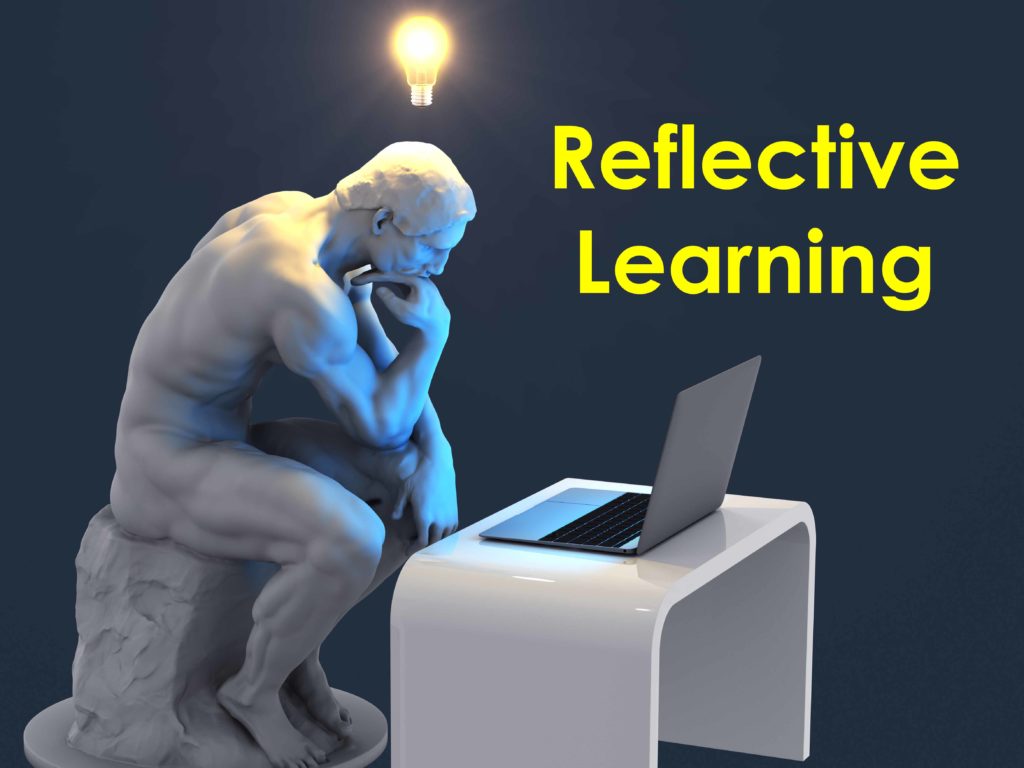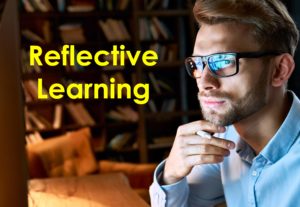Using slow-motion video for continuing education & professional development of healthcare provider

If a picture is worth a thousand words what is a slow-motion video worth?
A video image of movement can facilitate our innate skill of curiosity the need or desire to know and learn.

Physical therapists are movement specialists who observe human movement, analyze it, and develop plans to manage movement system impairment syndromes. An important tool used in the analysis of movement and management of movement system impairment syndromes is observing movement using slow-motion video data.
Slow-motion video analysis data of patients is analogous to radiographic images (x-rays). The processes and standards for managing radiographs in the electronic medical record systems are well established. The generic steps and processes of radiographs are:
- Record image.
- Analyze the image.
- Store the data.
- Retrieve the image.
The processes of storing and retrieving video data of patients in the electronic medical records are not happening but should. This process can be occurring for the relatively newer image technology of slow-motion video data of patients with movement system impairment syndromes.
My observation currently a significant barrier is the step of uploading the digital video to store the data in the electronic medical record. Many healthcare professionals have yet to take advantage of dedicated clinical imaging software Apps that facilitate uploading patient videos from smartphones to electronic medical record systems. This eliminates the barrier of uploading video images of patients to an electronic medical record.
Reflective Learning:

When I was in graduate school, I came to realize continuing education is an expensive proposition. I learned I was wary of paying for education. What I did discover was I needed to learn how to learn to sustain my own lifelong learning without having to pay for it. If, I did pay for continuing education I needed to focus not so much on the course material but on how to take that information and learn more on my own.
Oscar London MD in his book “Kill as Few Patients as Possible” says “The more patients a doctor sees, the fewer journals he has time to read. If he isn’t careful, he can end up after twenty years with a wealth of experience and a poverty of intellect”.
Like Dr. London, most healthcare professionals are seeing many patients a day and have little time for learning, professional development, and intellectual curiosity activities.
Most healthcare professionals spend more than 50% of their workday documenting care in the electronic medical record. This leaves extraordinarily little time for continuing education. The challenge is how to take the wealth of experience with clients right in front of us and avoid poverty of intellect. How to use the wealth of experience for continuing education and reflective learning.
Reflective learning is using reflection from one’s own experiences to learn.
The yin and yang of documenting treatment in the electronic medical record is a burden causing burnout among healthcare professionals. But the medical record is a testimony of the wealth of experience necessary for reflective learning and intellectual development.
It is through reflection that we can begin to acknowledge the practical knowledge gained through professional practice.
Reflective practice helps:
- Develop skills of clinical reasoning.
- Improve clinical decision making.
- Improve motivation.
- Improve the quality of care.
- Improve satisfaction.
Using videos of patients for reflective learning:
If videos of patients are available in the electronic medical record this can enhance the opportunity for reflective learning.
Retrieving video images of patient’s movements from electronic medical record enables reflective questions such as:
- What happen?
- Why does it matter?
- What are the next steps?
- How to do it differently?
Discussing answering such questions can occur:
- In self-dialogue
- Between mentor and mentee
- Between novice and expert
- Between peers.
Sharing a video of a patient can occur via the internet. Sharing a patient video is a way to deal with the restrictions of the pandemic.
Recording, analyzing, storing, and retrieving video images of patients can facilitate reflective learning, continuing education, professional development, and prevention of poverty of intellect.
“We do not learn from experience we learn from reflecting on experience.” John Dewey
The information on this website is not intended or implied to be a substitute for professional medical advice, diagnosis, or treatment. You are encouraged to perform additional research regarding any information contained on available through this website with other sources and consult with your physician.
Damien Howell Physical Therapy – 804-647-9499 – Fax: 866-879-8591 At-Home, At Office, At Fitness Facility – I come to you, I do home visits Damien@damienhowellpt.com
1 Comments
Leave a Comment
You must be logged in to post a comment.

[…] disorders including increased accuracy; improved communication; increased engagement; and improved continuing education. Yet despite the clear value added to both diagnosis and treatment, particularly with movement […]